The multi-material adaptability of the capacitor film slitting machine (from PP to PET) is mainly reflected in the following aspects, which together ensure the efficiency and stability of the equipment in the processing of different materials:
1. Material property compatibility design
• Tension control system
◦ There are significant differences in tensile strength and elastic modulus between PP (polypropylene) and PET (polyester) (PET has higher strength and greater rigidity). The slitting machine needs to be equipped with high-precision closed-loop tension control, which can be dynamically adjusted by magnetic powder brake or servo drive to adapt to the tensile characteristics of different materials (e.g., PET needs higher tension, PP needs softer tension curves).
• Coefficient of friction management
◦ The surface energy of PP is low (about 30 dyn/cm) and the PET is high (about 45 dyn/cm), which affects the adhesion of the film to the guide roller. The slitter adopts a static eliminator and a surface treatment guide roller (such as ceramic coating) to reduce static adsorption and scratches.

2. Multi-material optimization of the cutting system
• Tool configuration
◦ PP: Soft materials are easy to stick, so use sharp blades (e.g., tungsten carbide coating) and high rotational speed (>1000 m/min) to prevent flashing.
◦ PET: High hardness (Rockwell M80~90), wear-resistant tools (e.g. diamond coating) and reduced rotational speed (~800 m/min) are required to reduce tool heating.
• Slitting method selection
◦ Supports razor slitting (for PP film) and shear slitting (for PET thick film), and some models are equipped with an automatic switching device.
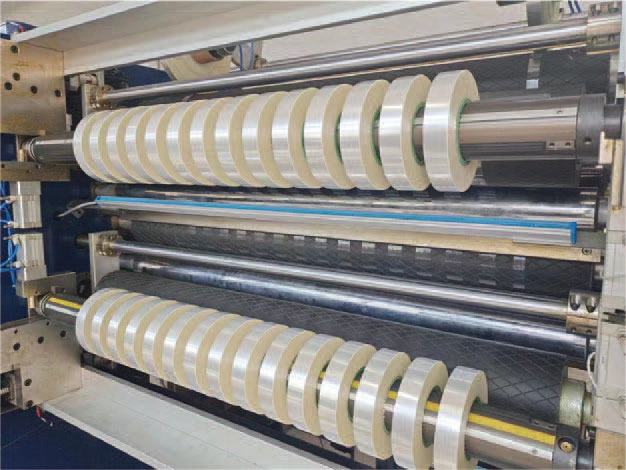
3. Temperature and electrostatic control
• Thermal expansion compensation
◦ The coefficient of thermal expansion of PET (15×10⁻⁶/°C) is lower than that of PP (100×10⁻⁶/°C), and the slitter needs to maintain the stability of the guide roller spacing in a high temperature environment (such as a 40°C workshop) to avoid slitting deviation caused by material expansion and contraction.
• Ionic air static elimination
◦ PP is more prone to static electricity accumulation (surface resistance >10¹⁶ Ω), and the device integrates a high-voltage ion bar (± 5 kV balanced output) to prevent the film from curling or absorbing dust.
4. Intelligent adaptation technology
• Parameter memory database
◦ Store the process parameters (tension, speed, tool angle) of different materials (such as PP, PET, PS, etc.) to achieve one-key switching.
• In-line defect detection
◦ Real-time monitoring system based on CCD camera or laser scanning can identify the crystal point of PET or the fisheye defect of PP, and automatically mark or sort.
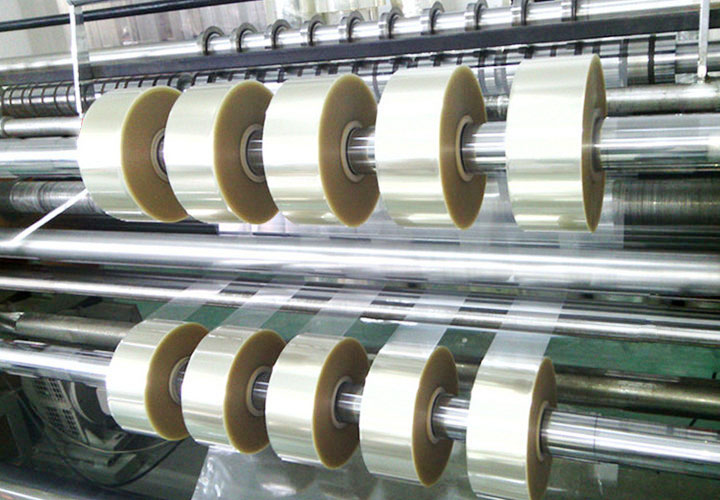
5. Practical application cases
• New energy film processing
◦ When slitting 4 μm PET base film (for lithium battery separator), the equipment needs to maintain a thickness tolerance of ±0.1 μm, and reduce contact damage by air suspension guide rollers.
• Industrial capacitor films
◦ The 8μm PP film can be slitted at a speed of up to 1200 m/min and relies on an ultrasonic edge sensor to ensure uniform winding.
conclusion
Modern capacitor film slitting machines achieve all-round processing from PP to PET through modular design (e.g. exchangeable tool module) and adaptive control system, the core of which lies in the deep adaptation of the physical properties of the material and dynamic process adjustment. Future trends will focus on AI-driven, real-time parameter optimization that further pushes the boundaries of materials (e.g., high-temperature films such as PI polyimide).
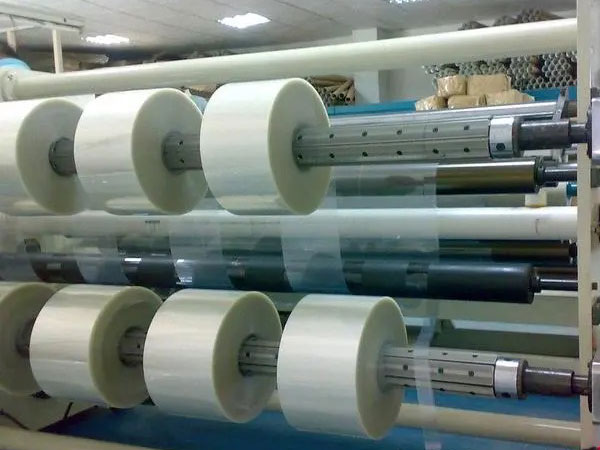 How to optimize the capacitor film slitting process? Equipment upgrade and parameter adjustment tips
How to optimize the capacitor film slitting process? Equipment upgrade and parameter adjustment tips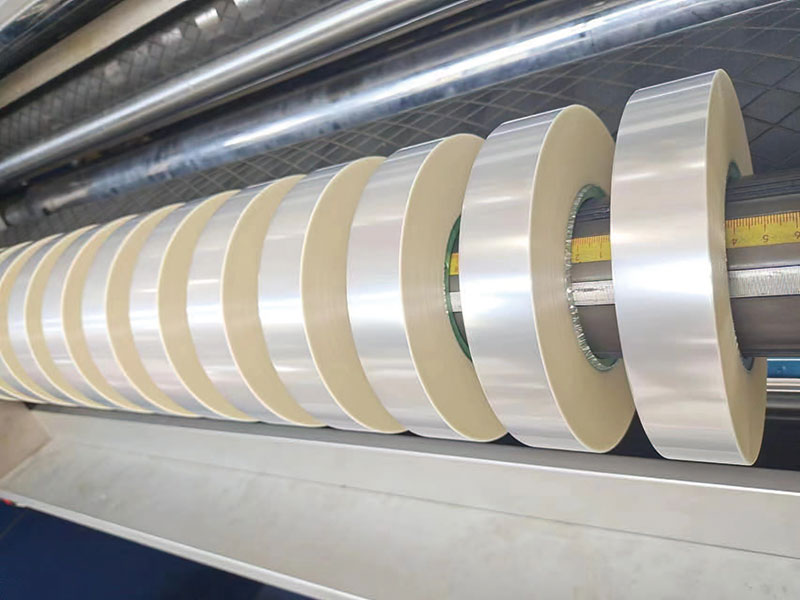 The core equipment of future film processing: the innovative direction of capacitor film slitting machine
The core equipment of future film processing: the innovative direction of capacitor film slitting machine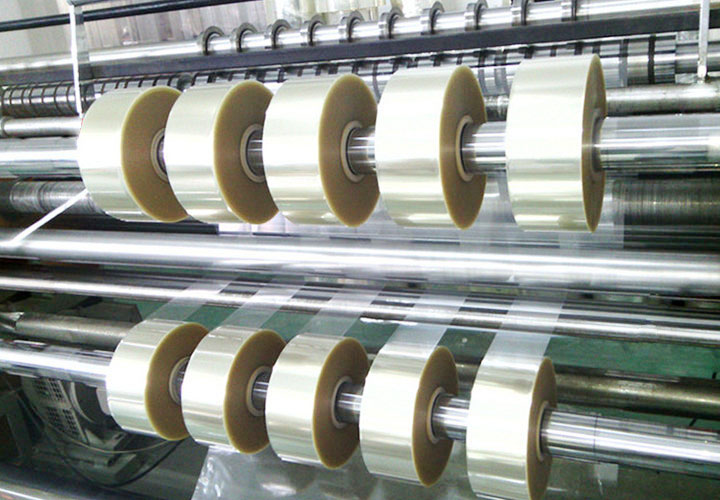 Ultra-thin material processing tool: the application of capacitor film slitting machine in the field of precision electronic film
Ultra-thin material processing tool: the application of capacitor film slitting machine in the field of precision electronic film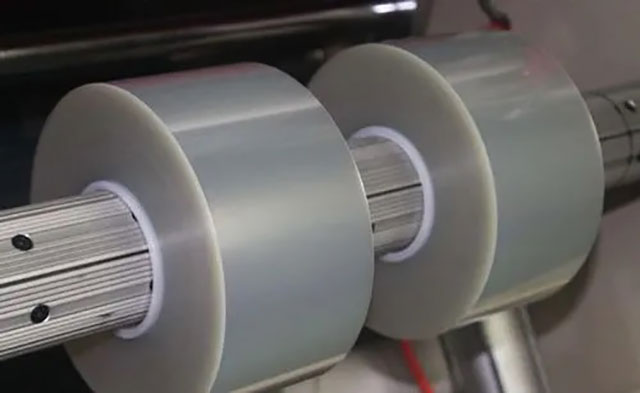 From electronics to packaging: Cross-sector application examples of capacitor film slitting machines
From electronics to packaging: Cross-sector application examples of capacitor film slitting machines Quick tool change + automatic adjustment: how can capacitor film slitting machine improve production efficiency?
Quick tool change + automatic adjustment: how can capacitor film slitting machine improve production efficiency?